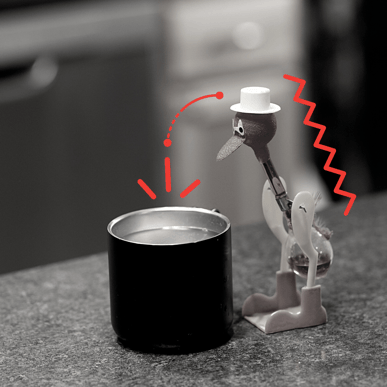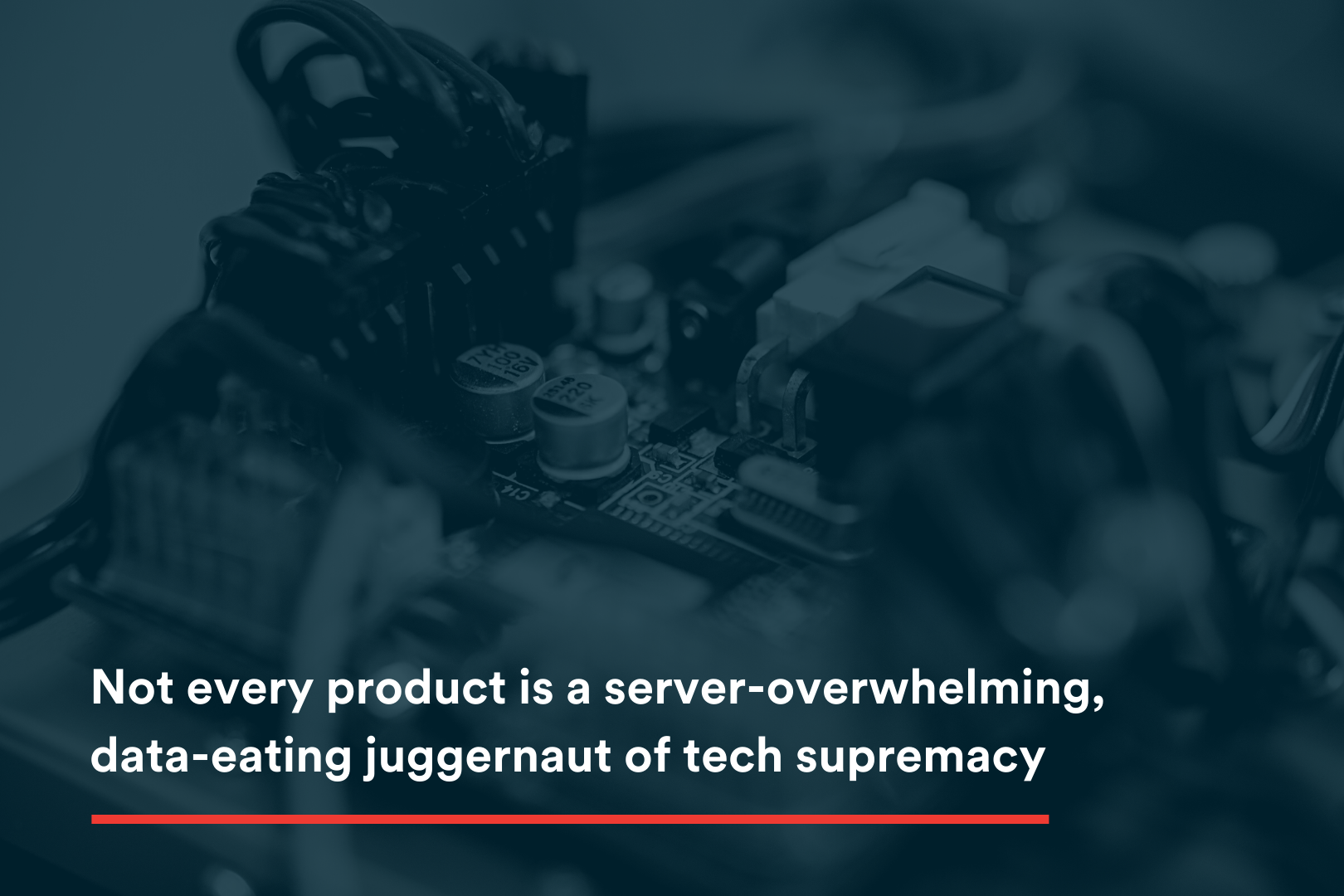Internet of Things | embedded systems
You don’t always need an application or device to do everything. Sometimes you just need it to do one thing really, really well, again and again and again.
That’s where embedded systems come in. In this blog, we’re taking a closer look at what embedded systems do, where you’ve seen them out in the world (hint: pretty much everywhere), and the value embedded systems can bring to your business.
But first things first: what is an embedded system?
Embedded Systems Defined
At its core, an embedded system is a computer system that’s been designed to conduct one task. It can exist as a standalone product or alongside many other embedded systems that combine to create a product or application that’s wholly unique.
This article provides a good look at the components that actually make up an embedded system and describes what each is, including the various hardware and software components that go into the development and production of the product.
Not everything has to be a massive, AI-powered application that relies on endless waves of data and immense levels of power in order to operate. Maybe you just need something that acts as the digital equivalent of this guy:

The more tasks you can offload to embedded systems, the more computing power and, in turn, processing speed you can save for the primary purpose of your product (if the embedded system is in support of a greater purpose beyond itself).
Where You've Seen Embedded Systems
Embedded system development happens regularly, and these systems are incorporated into products you see and use all the time. For simplicity’s sake, it helps to think of embedded systems as falling into two categories: Standalone Embedded Systems and Connected Embedded Systems.
Let’s take a look at each.
Standalone Embedded Systems
When you think of an embedded system that exists on its own, think about products that exist to complete one function and one function alone. A basic digital watch, for instance, is a very straight-forward embedded system; it tells you the time, and that’s it. A motion-sensing light switch could also be considered an embedded system.
Embedded systems such as these are used as the foundation for what we generally consider to be the internet of things. And as the complexity of the device grows, so too does the complexity of the embedded system and/or the number of these systems.
Let’s say you start with something small, like a digital thermostat. It monitors the temperature and allows you to adjust the settings to suit your needs.
Now let’s increase the complexity by adding another embedded system, say a clock that tells the time. Still pretty straightforward. But then you add a sensor to alert you when it’s time to change the air filter. Then you really start cooking and add WiFi capabilities so you can adjust the thermostat via your phone. And now you insert something that also connects to your security system so you can pull up a video feed on the thermostat monitor.
Suddenly, your simple embedded system has grown a lot more complex. It’s now a veritable computer composed of multiple embedded systems gathered into a single user interface.
Which leads directly into the next type of embedded system.
Connected Embedded Systems
These are products composed of many, many embedded systems of varying complexities, all working in unison to achieve a desired aim and provide a seamless experience to the user.
Your car is a perfect example of this type of product. Every single button you can push activates a different embedded system. The way you weave between each is seamless. You turn on the radio, accelerate, adjust your windshield wiper blades, and flick on your turn signal without ever thinking about the fact that you’ve just activated, at a minimum, four separate embedded systems.
And you shouldn’t have to think about it. When embedded systems and the devices they power are engineered well, their operation is seamless.
It’s like when you watch a movie, you’re not necessarily paying attention to the actors, the production design, the sound effects, the music, the special effects, the costumes, the dialogue, the makeup, and the stunts. You’re carried away by the story, so you don’t notice each individual part.
It’s only when something isn’t engineered properly that you notice something is wrong. If the special effects of a movie are poor, it can take you out of the movie entirely. Similarly, if the button you push to roll down your windows provides a poor feedback mechanism (i.e. the window doesn’t roll down smoothly, there’s a delay between input and result, or it fails entirely), you’re going to judge the entire car negatively, all because of one bad embedded system.
So while they can be straightforward, the design of embedded systems is critical to how an end user feels about your overall product.
Put Embedded Systems to Work for You
Now that you understand what an embedded system is, you hopefully have a better idea of how they can be put to use for you.
If you have an idea for a device that will be a part of the internet of things, you’ll most likely incorporate one or a variety of embedded systems. The engineering that goes into these embedded systems can and will have an impact on your product’s feasibility and the perception of that product among users. Even something seemingly benign, like an onboard clock that consistently falls a minute behind every few months, can cause a user to question the usefulness and long-term quality of the device overall.

At other times, the embedded system can be the thing that makes your device unique and stand out from the competition. Not every product is a server-overwhelming, data-eating juggernaut of tech supremacy. Maybe you’ve found a way to make pens more efficient by installing a teeny, tiny embedded system that regulates ink disbursement. Voila! You’re a billionaire thanks to a single, clever embedded system.
Embedded systems can be simple or complex, alone or partnered with dozens of systems to create something wholly new. But no matter how they’re brought to bear for your organization, they’re an avenue worth exploring in your development of new and exciting products and applications.
Want to put embedded systems to work for you? Contact the engineering team at Aviture!




